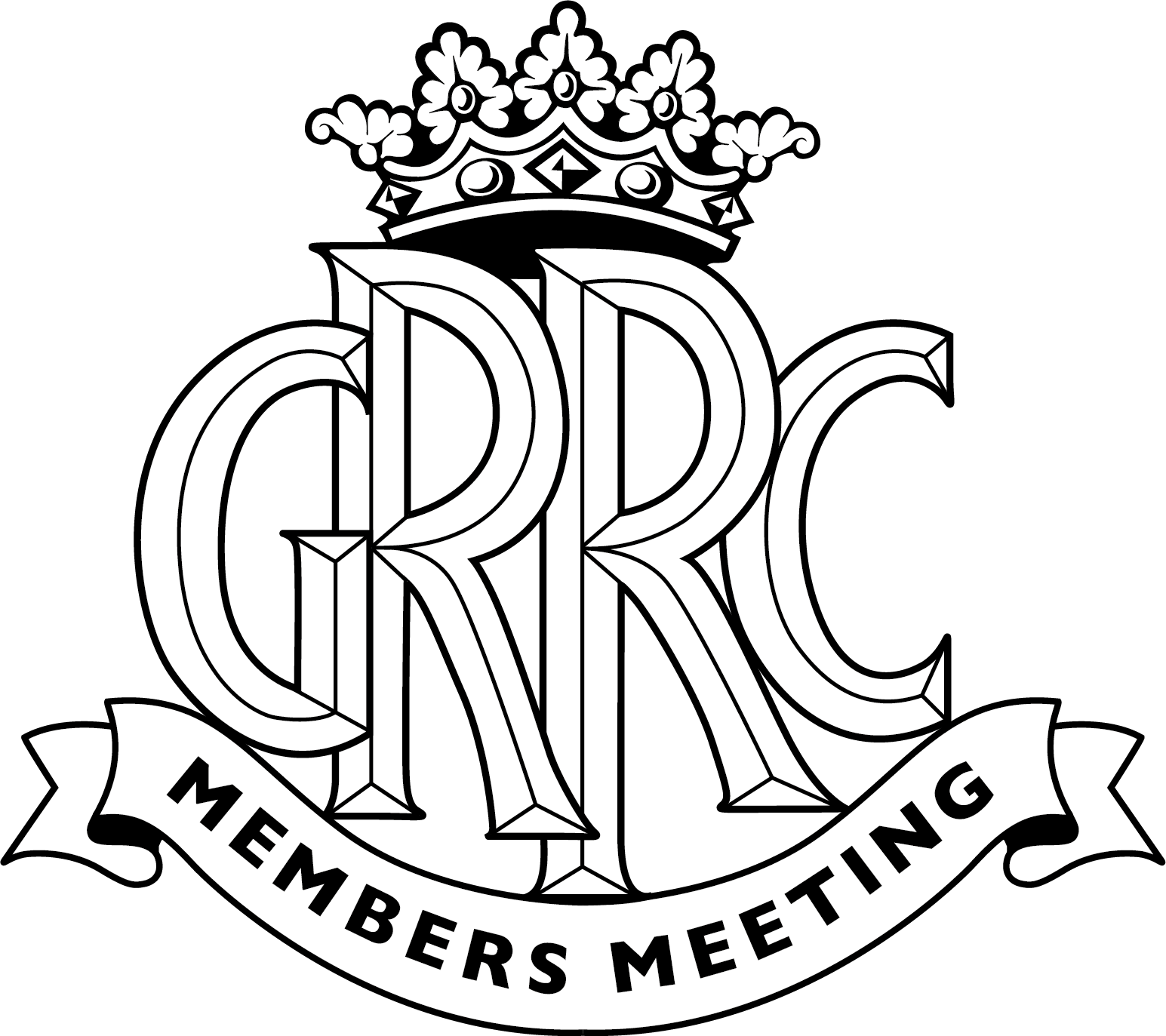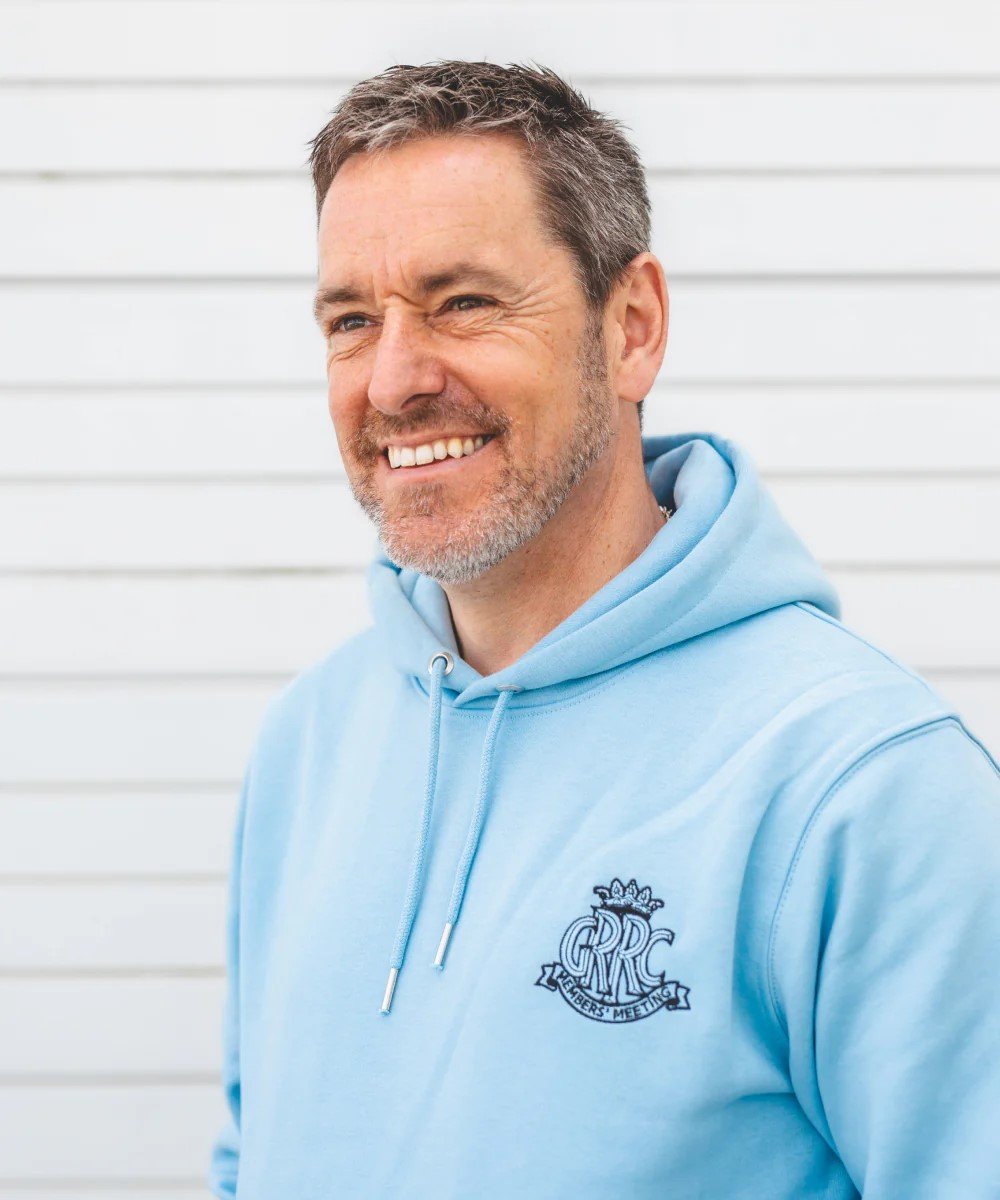Thank Frankel It's Friday – Thank you Chris Amon
 Andrew Frankel
Andrew Frankel
In truth I’d known Chris Amon had been ill for a while. I knew how hard Ford had tried to coax him from his native New Zealand to attend in June the 50th anniversary of his fine Le Mans win with Bruce McLaren, and I had hoped I would there be able to thank a man whom I’d spoken to many times, but never actually met.

Thank him not for being such a great racing driver, but for being such a thoroughly good bloke. I knew how much he wanted to come and when I heard he’d finally decided his health was not up to the trip, I feared the worst. Even so, hearing the news that he had died on Wednesday still seemed like a joke in the worst possible taste. Even now it doesn’t quite seem real.
Why? Because Amon was the most real F1 driver I ever interviewed. Even the good ones, those who understand the job you’re trying to do and do their best to help, stay strictly within the usual terms of reference, talking about work and just answering your questions to the best of their ability. The bad ones are cardboard cut outs, monosyllabically trotting out pat answers without thought. Amon was never like that. We last spoke two years ago when I rang him for his reminiscences of his old friend and flat-mate Peter Revson on the 40th anniversary of his passing. Amon’s greatest concern? That this was going to be a costly call and could I claim it on expenses? If not he was going to call me back and shoulder the bill himself. That was Chris Amon.
He was also more interested in subjects other than Chris Amon, which probably puts him in a minority of graduates from the top level of his sport. A few years back I did a back to back test between a Lola T70 Spyder and a McLaren M1B similar to the one in which he’d driven in Can-Am in 1966. Then the Lola had been the quicker car to drive with its monocoque chassis offering a blend of lightness and stiffness the spaceframe McLaren could not match and he was fascinated to hear what I thought of the two today. It was like Mozart asking someone who’d just scraped through grade three to knock out a few bars of his 21st piano concerto. He also had total recall, one of few old racing drivers whose memories when fact checked turned out to be 100 per cent accurate. And he had a nice turn of phrase too, describing the fuel injection used on the McLaren’s Chevrolet engine as ‘about as sophisticated as a pressurised watering can.’

I won’t dwell too much on his racing record, because it’s easily available elsewhere and all anyone seems able to say about it is that he was the best driver never to win a world championship Grand Prix. But he did win plenty of non championship F1 races, Le Mans, the Daytona 24 hours, the Tasman Series and the simple truth is that had his cars not broken so often, he’d not only have won championship F1 races but the championship itself. Certainly after the death of Jim Clark in 1968, Jackie Stewart and Jochen Rindt were the only drivers on the same level as Amon and, after Rindt’s passing in 1970, Stewart alone until the 1972 French Grand Prix. Of this race I will provide a few details because more than any other it reveals the kind of driver Amon was.
It was held at the Charade circuit near Clermont-Ferrand, a track five miles in length with no fewer than 50 corners to its name and not one straight of even reasonable distance. In its ability to sift the great from the good, only the Nurburgring, Rouen and the original Spa were its equal. By now Amon was driving for Matra, just one of a dozen teams for whom he’d race in a F1 career that lasted so long he arrived the season after Stirling Moss had left the scene and departed the season before Riccardo Patrese arrived. At Charade where the corners came so thick, fast and unrelieved by straights that drivers had been known to vomit in their helmets, Amon’s talent and guts could offset the shortcomings of his fine sounding but heavy and underpowered V12 Matra engine. He did not waste his chance.
First he put the Matra on pole by almost a second, then led away, smashing the old lap record (set two years earlier) from a standing start and managing the gap to Stewart for the first half of the race. Then he got a puncture which required him not only to limp back to the pits, but then sit there for 50 seconds while the team undid all the nuts and changed the wheel. What happened next should be better remembered than it is. He rejoined ninth and set about demolishing both the field and the lap record again and again. Motor Sport’s correspondent was Denis Jenkinson, a man who shaped an entire career out of being unimpressed by F1 drivers, yet he described Amon’s drive as "fantastic and unbelievable". He noted too that, "in one lap Amon disposed of Peterson and Cevert, passing them as if they were not there, and on a circuit that is noted for its lack of passing places." Yes JYS still cruised to an untroubled victory and polite applause as he won, but when Amon stormed home in third place there was thunderous applause for what was agreed to have been "the drive of the year". But Amon himself admitted he never tried quite that hard again.

Bad luck? Famously Amon is regarded as one of the least lucky drivers ever to climb into a racing car. Chris Amon, however, did not agree. "I’m one of the luckiest of them all. To have survived so long in a sport and at a time when so many died, and died horribly, how can you call that bad luck?" And that was Chris Amon.
Along with all those lucky enough even to exchange a few words with this great racing driver and even greater human being, I’m going to miss him.
Photography courtesy of LAT.
Thank Frankel It's Friday
Chris Amon
F1
Le Mans
































































